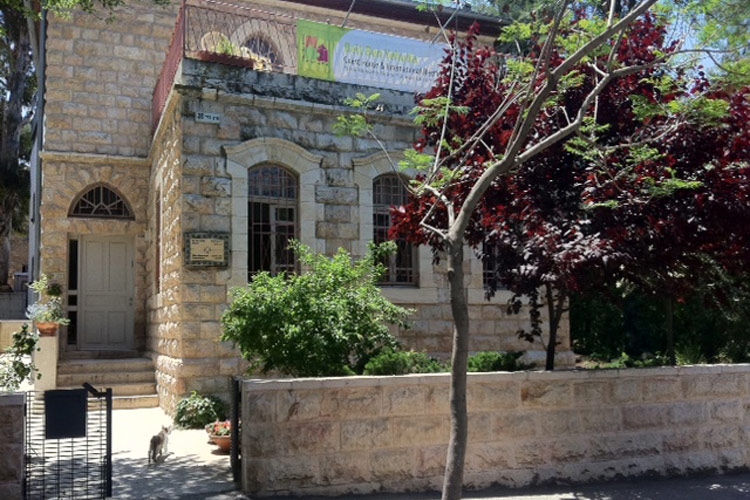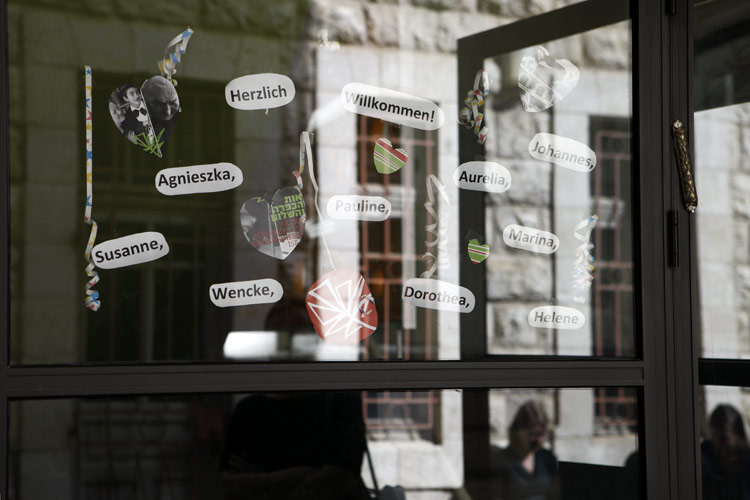Israel:Action Reconciliation in Jerusalem: Unterschied zwischen den Versionen
Aus goethe.de
(Die Seite wurde neu angelegt: „© Goethe-Institut “Ben Yehuda House” is on the road to Bethlehem, in Jerusalem’s Talpiot dis…“) |
(→More) |
||
| Zeile 5: | Zeile 5: | ||
When the first group arrived in 1961, Israel was difficult and unknown territory. There were no diplomatic relations with the Federal Republic at that time, and also visitors from Germany were unusual – 16 years after the Holocaust. The volunteers, who were mostly young, were performing pioneering work and were often surprised at the number of survivors in old people’s homes who enjoyed talking to them in their native German. Since then more than 1500 of them have fulfilled civilian or peacetime service here.{{#newBox:listbox}} | When the first group arrived in 1961, Israel was difficult and unknown territory. There were no diplomatic relations with the Federal Republic at that time, and also visitors from Germany were unusual – 16 years after the Holocaust. The volunteers, who were mostly young, were performing pioneering work and were often surprised at the number of survivors in old people’s homes who enjoyed talking to them in their native German. Since then more than 1500 of them have fulfilled civilian or peacetime service here.{{#newBox:listbox}} | ||
==More== | ==More== | ||
| − | * [[Communication and care]]{{#newBox:listbox}} | + | * [[Israel:Communication and care | Communication and care]]{{#newBox:listbox}} |
| + | |||
==Related links== | ==Related links== | ||
* [http://www.asf-ev.de/en/start.html Action Reconsiliation Service for Peace (asf-ev.de)] | * [http://www.asf-ev.de/en/start.html Action Reconsiliation Service for Peace (asf-ev.de)] | ||
Version vom 27. November 2012, 16:43 Uhr
“Ben Yehuda House” is on the road to Bethlehem, in Jerusalem’s Talpiot district. Eliezer Ben Yehuda, famous as a revivalist of the Hebrew language, started building it in 1922. Today it serves as the Israeli headquarters of Aktion Sühnezeichen (Action Reconciliation). Volunteers have been working on behalf of this organisation for more than 50 years.
When the first group arrived in 1961, Israel was difficult and unknown territory. There were no diplomatic relations with the Federal Republic at that time, and also visitors from Germany were unusual – 16 years after the Holocaust. The volunteers, who were mostly young, were performing pioneering work and were often surprised at the number of survivors in old people’s homes who enjoyed talking to them in their native German. Since then more than 1500 of them have fulfilled civilian or peacetime service here.German Traces in Israel
A project by the Goethe-Institut Israel
Author: Gisela Dachs
Photos: Noa Ben-Shalom

